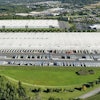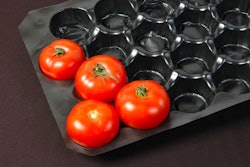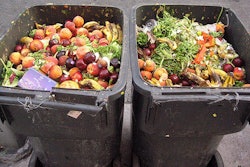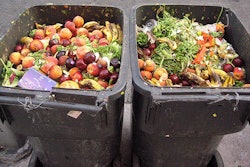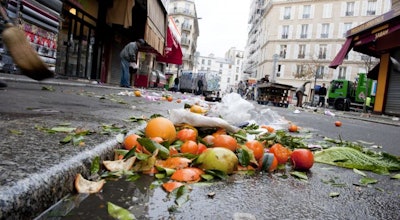
At the end of a long, rural road 22 miles east of Washington, Prince George’s county composting facility is chewing through thousands of tons of leaves and tree branches that are trucked in daily from across the region.
In the past three years, the county has added a new ingredient to its compost—food scraps. Pizza boxes, coffee grinds and vegetable peels from 25 commercial customers lie in neatly piled rows on this 55-acre, open-air site. They are working through a natural digestion process boosted by hungry microorganisms and freely available oxygen from the air.
“We can’t grow fast enough,” says Adam Ortiz, director the Prince George's County Department of the Environment. “We knew that there would be interest, but we didn’t realize the amount.” The facility will double its food-processing capacity next year to accommodate 30 more customers on the waiting list, including a university and an airport, and it could grow 10-fold in the long run.
This facility offers a peek into the next frontier of recycling. Food and yard trimmings account for a bigger share of America’s trash than anything else–about 28 percent–slightly ahead of paper and cardboard and twice the level of plastic. And while the U.S. recycles more than half of its yard trimmings, food composting is in its early and costly stages.
One challenge is the chicken-and-egg problem, says Samantha MacBride, Director of Research and Operations at New York City’s Department of Sanitation. “Firms are not going to invest in plants unless there’s a guaranteed supply, but cities won't start [composting] until they know there’s a processor” to handle the waste.
To learn more about the need for widespread compost sites, read the original article here.


